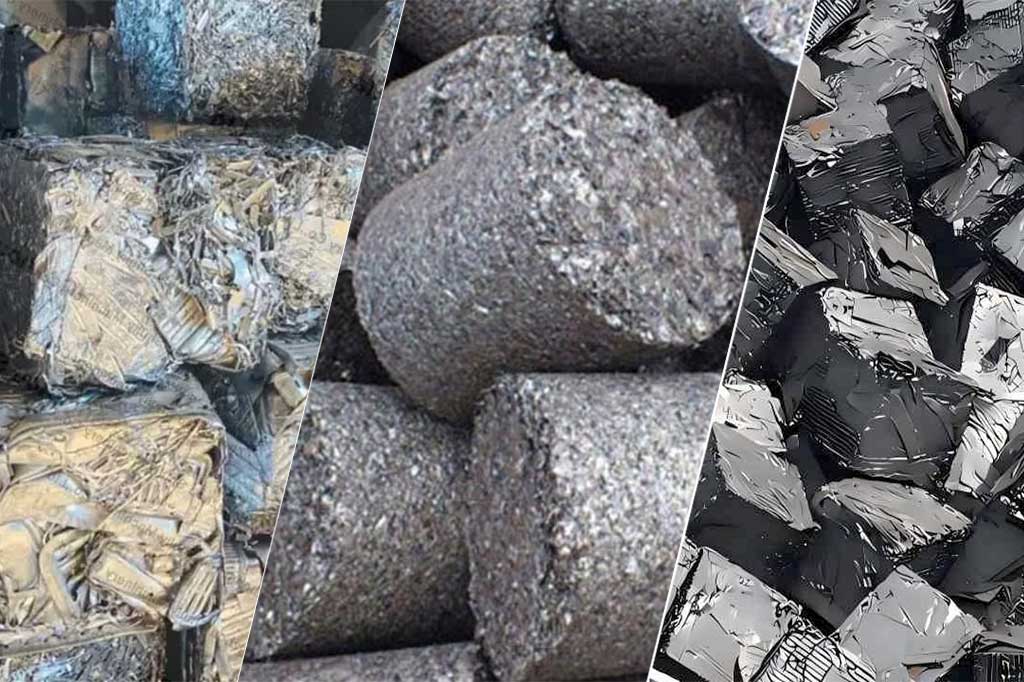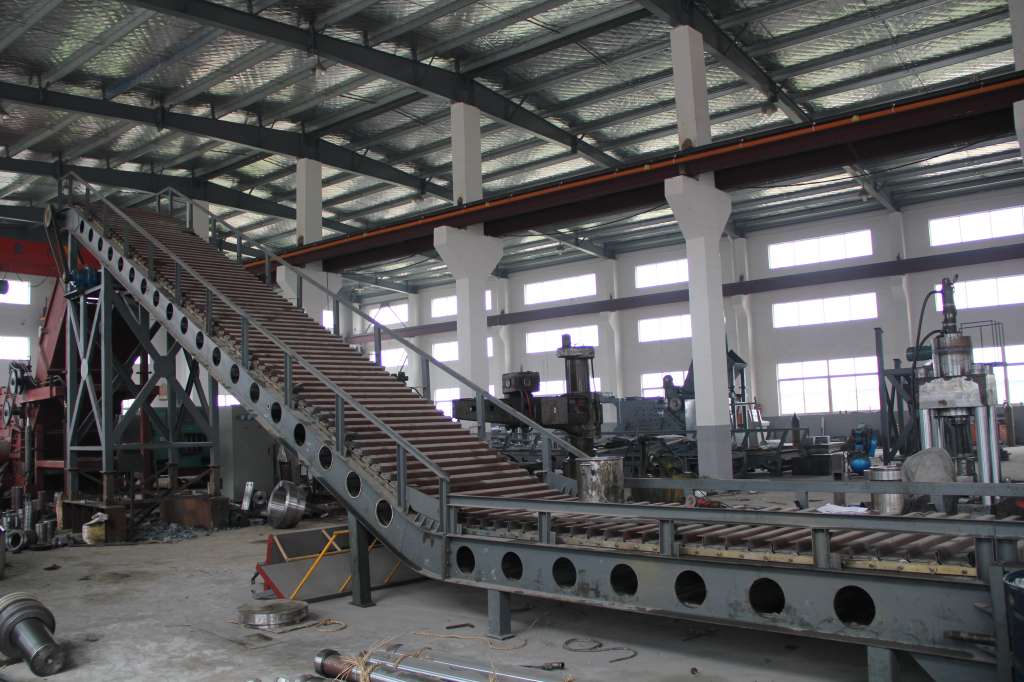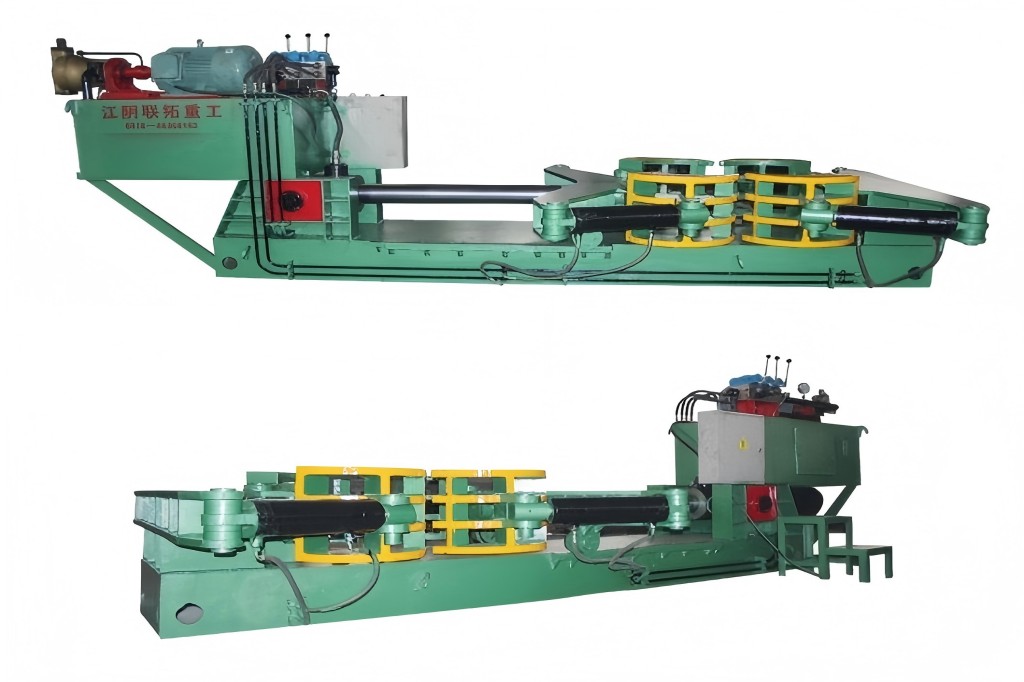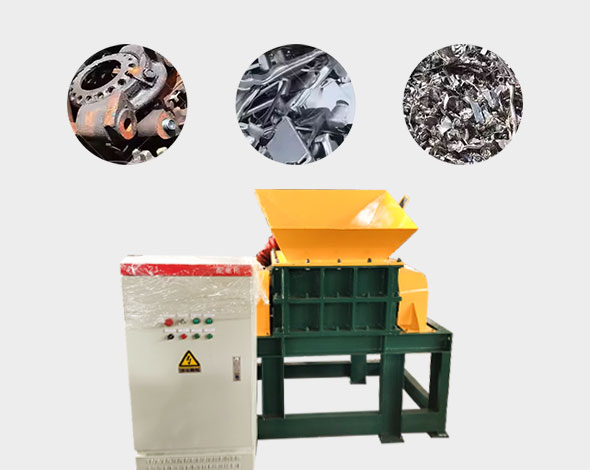Metal baler machines compact scrap metal into various bale shapes, which directly impact compression, storage, and transportation efficiency. Selecting the right bale shape is crucial for optimizing recycling operations and improving cost-effectiveness. This guide will guide you in selecting the perfect shape to meet your specific needs.
Understanding Metal Baler Machines
Metal baler machines are powerful devices designed to compact large volumes of scrap metal into manageable, transportable bales. These machines are widely utilized in industries like scrap metal recycling, automotive, manufacturing, and waste management. Their main purpose is to compress metal waste, simplifying storage and transportation to recycling facilities.
Key Features and Functions
- Compression Power: Metal baler machines use hydraulic systems to apply immense pressure to compress metals into tightly packed bales. The machine’s capacity and design determine the size and shape of the bales.
- Automated vs. Manual Operation: Many modern balers are automated, requiring minimal operator intervention, while others need manual handling.
- Versatility: These devices are capable of processing a wide range of metals, such as aluminum, copper, steel, and other non-ferrous metals. Depending on the machine’s configuration, it can produce different bale shapes and sizes.
Metal balers are essential for efficient metal recycling because they reduce the space taken up by scrap materials, making transportation and storage more efficient. The choice of bale shape directly impacts these aspects, making it a critical decision for businesses involved in the recycling process.
Common Bale Shapes
There are four primary bale shapes commonly produced by metal baler machines: square, rectangular, cylindrical, and octagonal. Each shape offers distinct advantages depending on the type of material being baled and the logistical requirements of the operation.
Square Bales
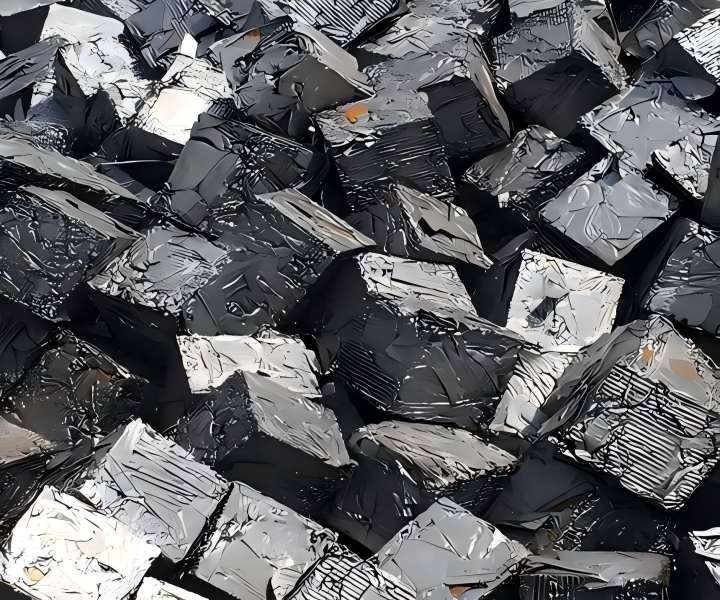
Square bales are among the most common shapes in metal recycling due to their versatility and ease of handling.
Square bales are typically used for lightweight metals or smaller scrap materials. Their shape is perfect for efficient stacking, making them advantageous when storage space is limited.
Pros | Cons |
|
|
Rectangular Bales
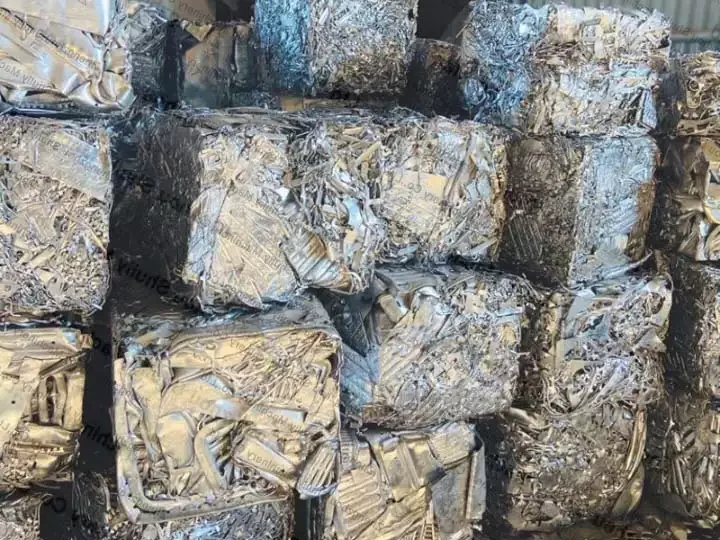
Rectangular bales are larger than square bales, They are well-suited for heavy and dense materials such as steel and copper.
These bales are made to make the best use of available space both during transit and at warehouses. They are perfect for large-scale recycling processes that handle heavy metals because of their size.
Pros | Cons |
|
|
Cylindrical Bales
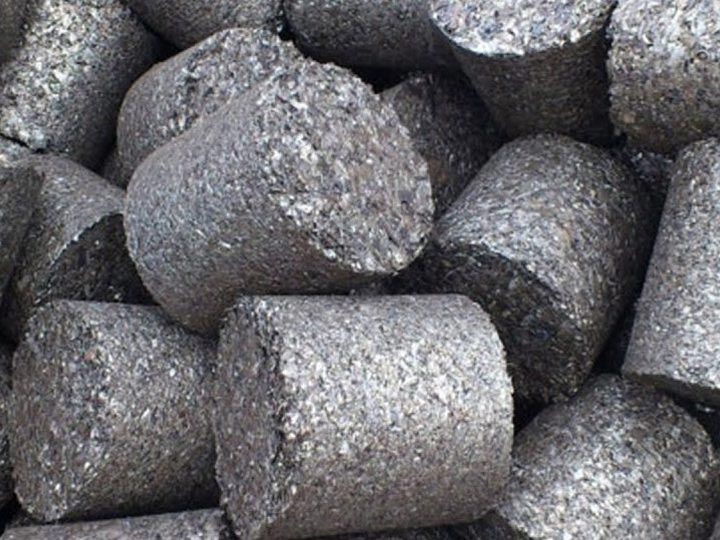
Cylindrical bales are less common but offer unique benefits for specific types of metal recycling operations.
These bales are often used for malleable materials like aluminum or copper wire. The cylindrical shape distributes pressure more evenly, making it suitable for materials that require uniform compaction.
Pros | Cons |
|
|
Octagonal Bales
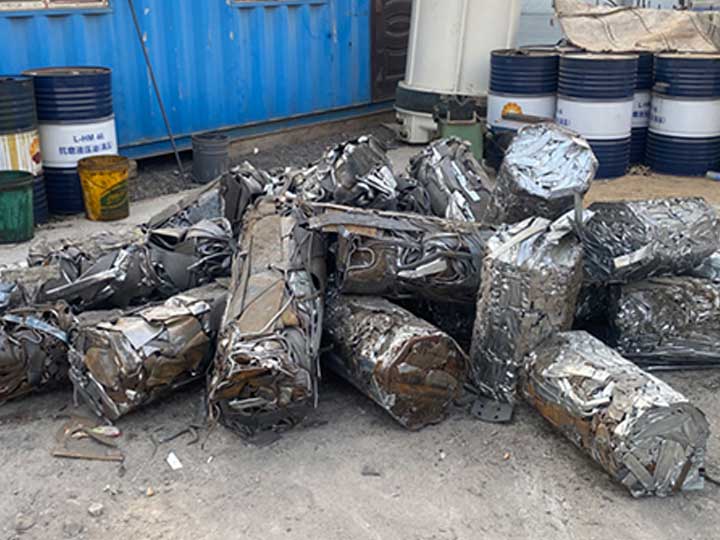
Octagonal bales offer a balance between stability, compaction, and ease of transport, making them a versatile option for many industries.
These bales are often used in situations where stability and ease of transport are critical. Their shape allows for efficient stacking while reducing material stress during compression.
Pros | Cons |
|
|
Factors to Consider When Choosing Bale Shape
Choosing the right bale shape for your metal recycling operation involves considering several factors, including the type of material being processed, storage efficiency, transportation requirements, and compaction needs.
Type of Metal
Different metals respond differently to compression, and this should be a primary consideration when selecting a bale shape.
- Aluminum and Copper: These non-ferrous metals are often better suited to cylindrical or octagonal bales due to their malleability and the need for uniform compaction.
- Steel and Ferrous Metals: Heavier and denser metals like steel are best compressed into rectangular or square bales, where space efficiency and easy handling are critical.
Storage and Space Efficiency
The shape of your bales can dramatically impact how efficiently you use your storage space. Square and rectangular bales are generally preferred for warehouse storage as they stack neatly and maximize available space.
Transportation and Handling
Transportation efficiency depends heavily on maximizing container or truck capacity. Rectangular bales are ideal for long-distance transport, maximizing the number of bales that fit within shipping containers. In contrast, cylindrical bales may take up more space, reducing overall transport efficiency.
Compaction and Density
Some bale shapes allow for better compaction, which is essential for maximizing the value of the baled materials. Rectangular and square bales often allow for higher density, making them preferable for heavier materials, while cylindrical bales are better for more malleable materials.
Conclusion
Whether rectangular, cube, round, or octagonal, each bale shape offers specific advantages depending on the type of metal being processed and the storage requirements. By understanding the differences between these shapes, industries can select the most suitable option for their recycling needs, ensuring higher productivity and reduced operational costs.

